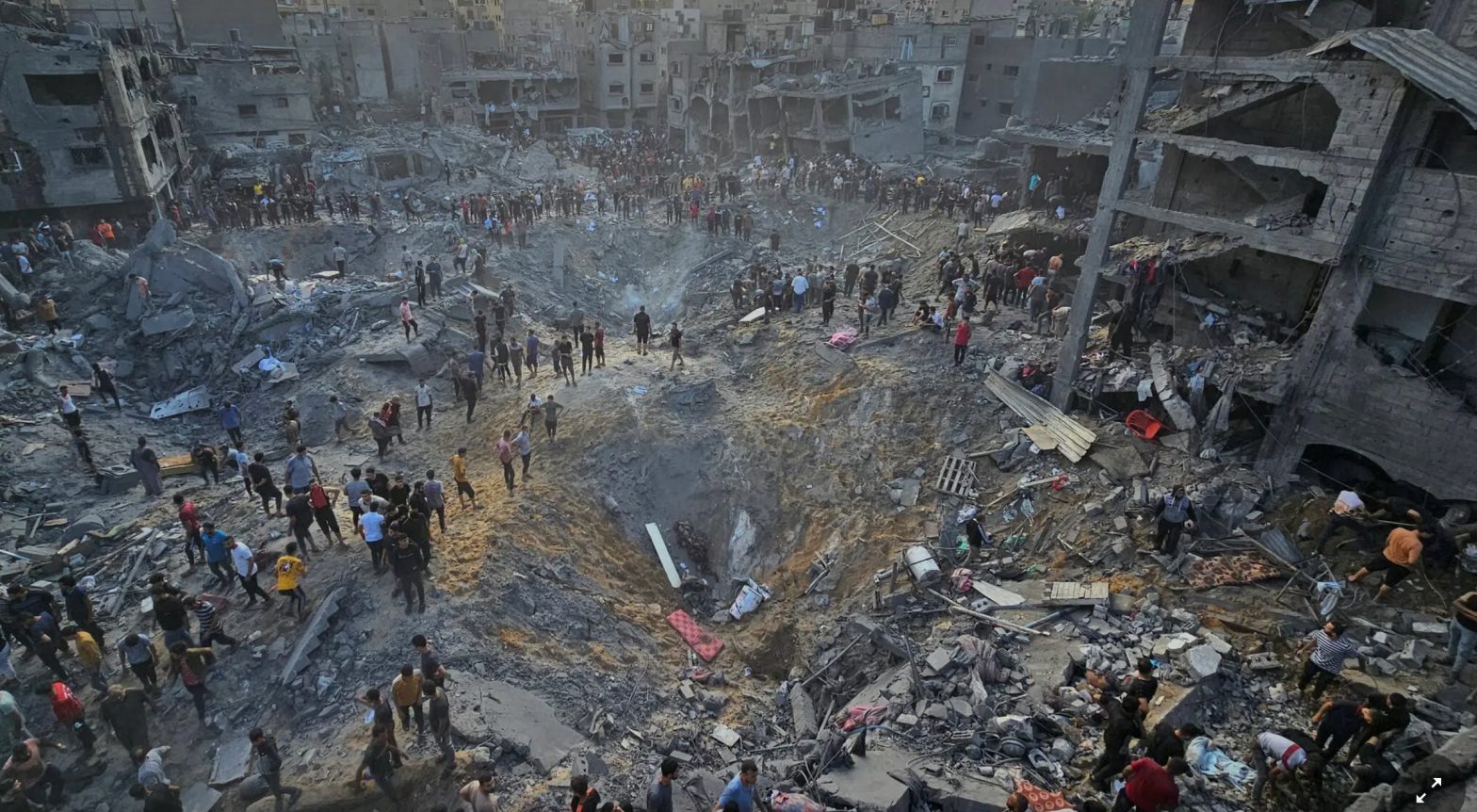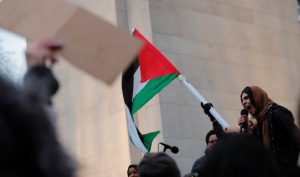The Israeli military has officially acknowledged that its targeted strike on the Jabalia refugee camp in northern Gaza had a dual objective: to eliminate a high-ranking Hamas commander and to disrupt the group’s underground infrastructure. This operation had grave consequences, with the director of Gaza’s Indonesian hospital reporting that it resulted in the tragic loss of life, with at least 50 Palestinians killed and around 150 others sustaining injuries. It’s essential to emphasize that the Jabalia camp is the most extensive among the eight refugee camps in the densely populated Gaza Strip.
Also Read: Who is Ibrahim Biari, commander of Hamas’s Jabalia battalion?
The military spokesperson for Israel expounded on the strike, revealing that it was executed as part of a broader mission to neutralize both terrorists and their associated infrastructure linked to the Central Jabaliya Battalion. In this context, the primary target was Ibrahim Biari, who held the crucial position of commander within Hamas’ Central Jabaliya Battalion.
Also Read: Who is Ibrahim Biari, commander of Hamas’s Jabalia battalion?
Tragically, the repercussions of the strike extended beyond the immediate target, causing significant damage to Hamas’s underground network. This destruction resulted in the loss of several other members of the terrorist group, as corroborated by an IDF (Israel Defense Forces) representative.
This incident underscores the complex and highly sensitive nature of the ongoing conflict in the region, which is further exacerbated by the challenging urban environment and civilian presence. The discrepancy in casualty figures reported by different sources underscores the difficulty in obtaining accurate information during such a tumultuous and high-stakes situation. It is a stark reminder of the human toll exacted by conflicts in densely populated areas, raising questions about the necessity of safeguarding civilian lives during military operations.







